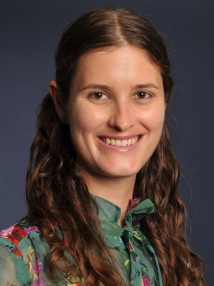BibTex format
@article{Gloag:2013:10.1073/pnas.1218898110,
author = {Gloag, ES and Turnbull, L and Huang, A and Vallotton, P and Wang, H and Nolan, LM and Mililli, L and Hunt, C and Lu, J and Osvath, SR and Monahan, LG and Cavaliere, R and Charles, IG and Wand, MP and Gee, ML and Prabhakar, R and Whitchurch, CB},
doi = {10.1073/pnas.1218898110},
journal = {Proceedings of the National Academy of Sciences},
pages = {11541--11546},
title = {Self-organization of bacterial biofilms is facilitated by extracellular DNA},
url = {http://dx.doi.org/10.1073/pnas.1218898110},
volume = {110},
year = {2013}
}

